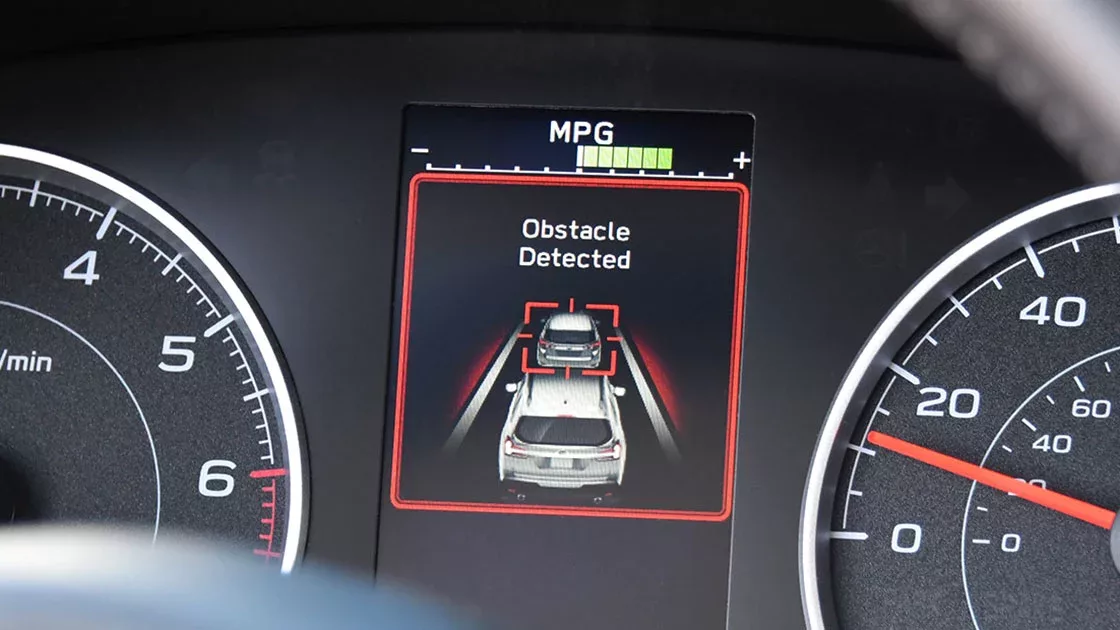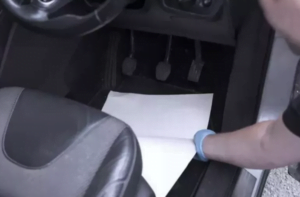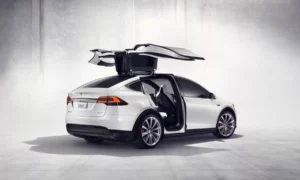It’s one of the ironies of the improvement in safety features in cars – the more expensive the car, the more features there are, which means the drivers who probably need them most, don’t have them.
This is because younger drivers who by definition have the least experience, tend to own older vehicles. Therefore features which are now seen as pretty basic for many new models, such as lane keeping warnings and automatic braking aren’t available to them. Similarly they’re less likely to drive cars fitted with eCall.
Now researchers in America have highlighted just what an issue that is. The Insurance Institute for Highway Safety has worked with the Highway Loss Data Institute to find that 41% of all crashes involving teen drivers could be prevented or mitigated by crash avoidance features and teen-specific vehicle technologies.
It analysed crashes in Honda, Kia and Subaru vehicles and found crash avoidance systems are associated with larger reductions in the frequency of collision and property damage liability claims for drivers under 25 years old than those ages 25 and older.
To estimate how crash avoidance technologies affected crash rates for drivers of different ages, HLDI analysts conducted separate studies of insurance claims for Honda, Kia and Subaru vehicles, comparing vehicles equipped with the manufacturers’ crash avoidance packages against identical, unequipped models. They chose vehicles on which the presence or absence of optional crash avoidance features is discernible from the vehicle identification number or trim level, and they used data about the insured drivers to categorise the results by age.
Each manufacturer’s crash avoidance systems are different, and features are bundled differently depending on the brand. However, all three of the bundles studied included lane departure warning and forward collision warning. Two, Kia’s Drive Wise and Subaru’s EyeSight, included automatic emergency braking.
These technologies use cameras and other sensors to monitor the roadway and alert the driver when the vehicle is approaching an obstacle or drifting out of its intended lane. Those with automatic emergency braking (AEB) also apply the brakes to avoid or mitigate a collision if the driver doesn’t react to the warning swiftly enough. Research has demonstrated the technologies can help prevent front-to-rear and run-off-road crashes, which are more common among younger drivers.
Not surprisingly, the Subaru and Kia packages that included AEB and additional technologies were associated with larger reductions in claim frequencies than Honda’s combination of forward collision warning and lane departure warning. But the researchers found the age trend was similar for all three systems.
Collision coverage insures against crash-related damage to the insured driver’s own vehicle when the insured driver is at fault. Property damage liability coverage insures against damage insured drivers cause to other vehicles and property. Under both coverages, claim frequencies generally dropped more for drivers under age 25 than for the 25-64 and 65+ age groups. The exception was for collision claim frequency with the Honda crash avoidance features, which had about the same benefit for the youngest drivers and drivers ages 25-64.
A few of the results for particular age groups and coverages were not statistically significant, and the results for the youngest drivers were based on the smallest sample. It is also possible to switch off the crash avoidance features on all three vehicles, and the researchers had no way to measure how much the different age groups actually used them.
(Picture – IIHS)





















